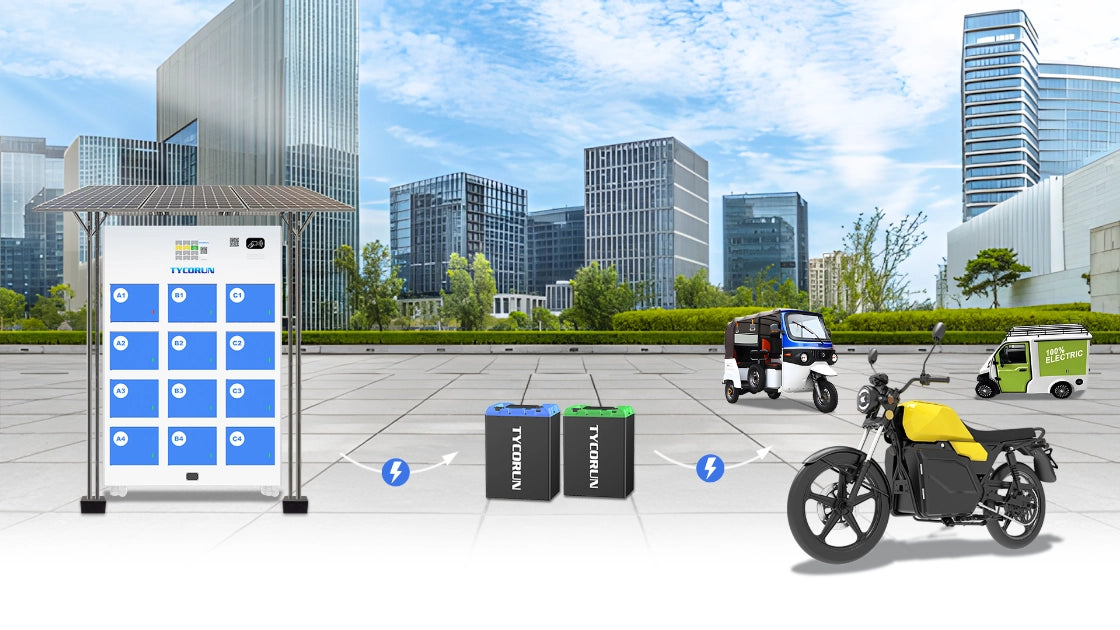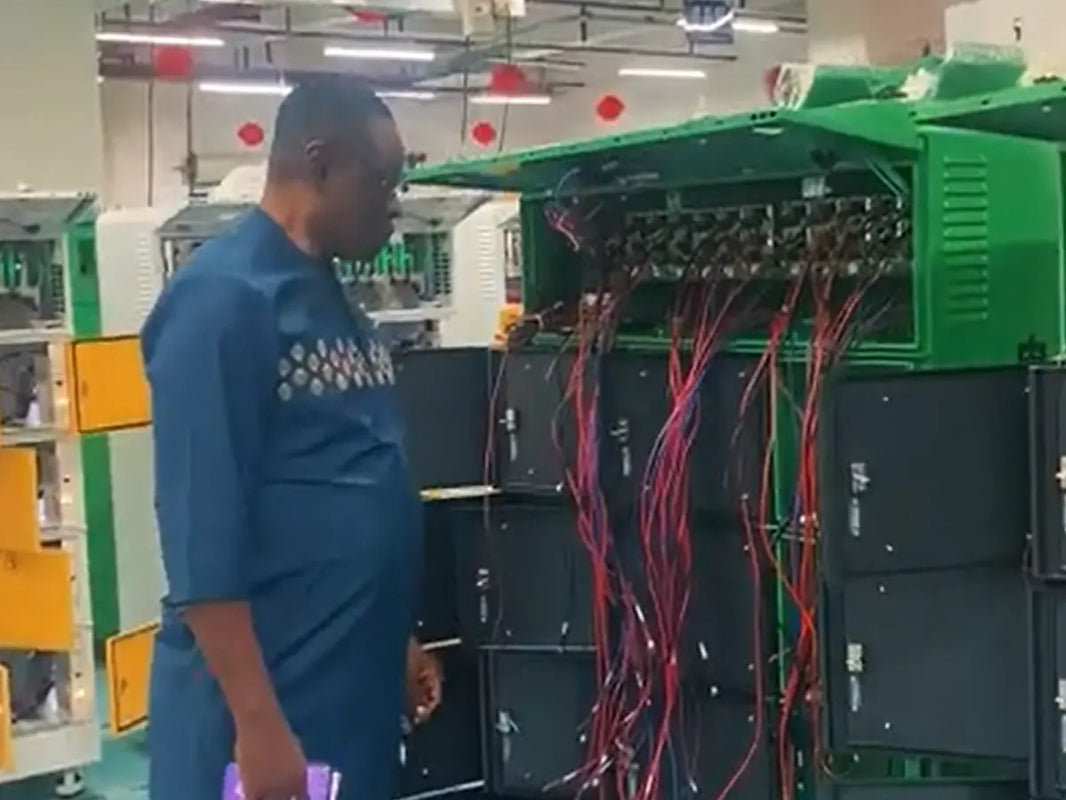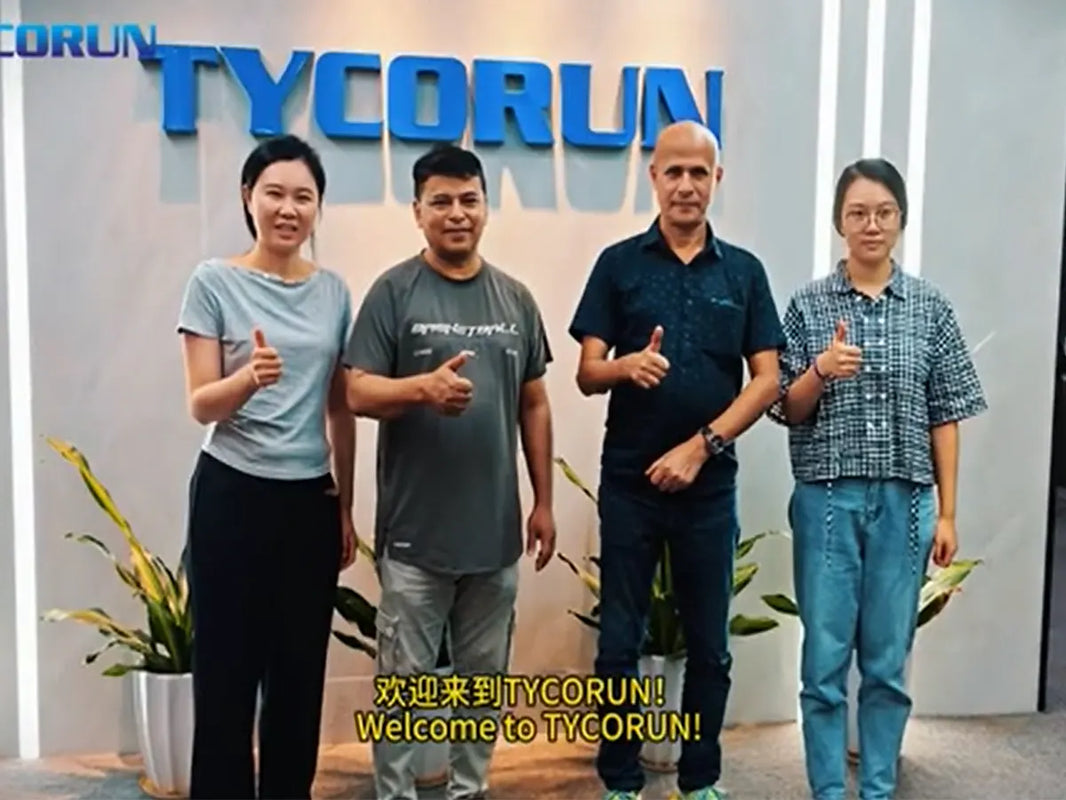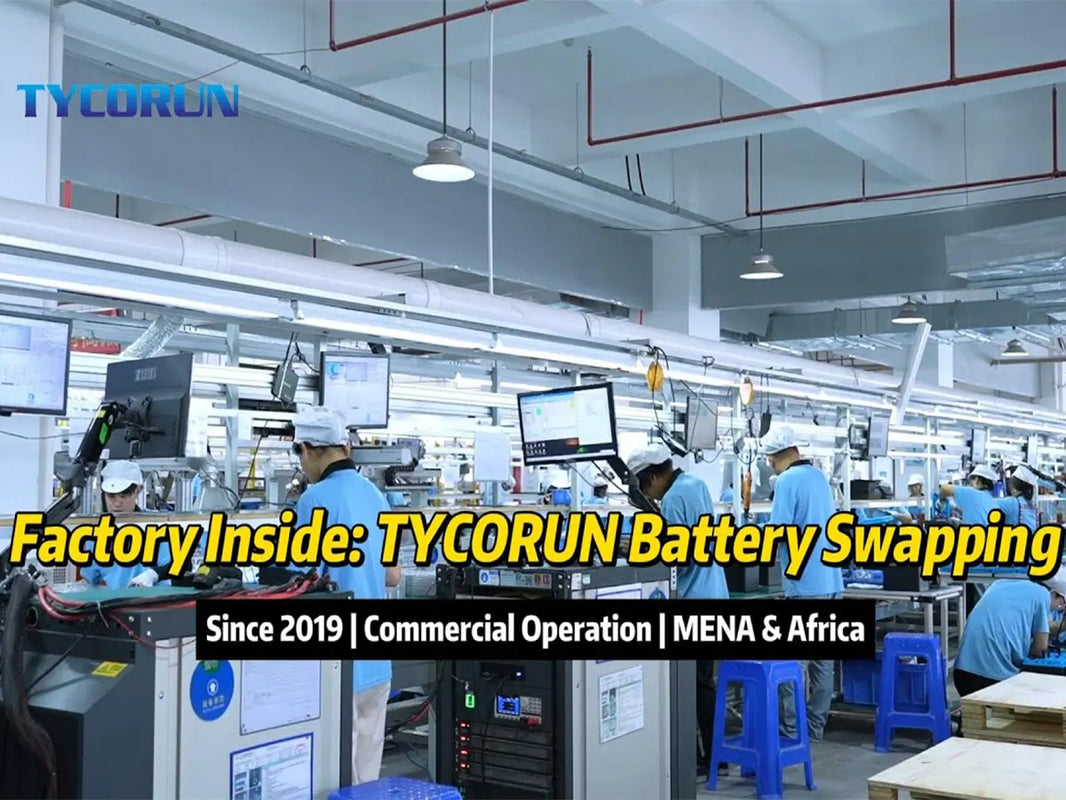
Main content:
Recently, solid-state batteries have once again become the focus of the industry. On February 15th, 2025, the 2nd China Solid State Battery Innovation and Development Summit Forum was held in Beijing, and many experts and scholars affirmed the development of China's solid-state battery industry. Among them, Miao Wei, former Minister of Industry and Information Technology, stated that the prospects for the industrialization of solid-state batteries in China are bright, but there is still a long way to go.
According to the "2025 Blue Book on High Quality Development of Solid State Batteries - Improving Quality and Reducing Costs, Breaking through the" Solid "Barrier" released by the Forward looking Industry Research Institute, it is expected that by 2030, the global shipment of solid-state batteries will reach 614.1 gigawatt hours, and the market size of all solid state batteries will reach 17.2 billion yuan. Currently, the average annual growth rate of patents related to solid-state batteries in China is about 40%, taking the lead in the global solid-state battery technology revolution. Several battery and automotive giants have also announced that they will achieve mass production by 2027. And here is the battery power technology for your reference.
Currently, as one of the "new three types" of exports, new energy vehicles have become a key factor for China's automotive industry to achieve overtaking on the curve. As a core component, the technological innovation of power batteries is of great significance for the high-quality development of new energy vehicles. However, from the perspective of industrial development, all solid state batteries still face multiple challenges such as materials, technology, and cost.
Diversified development of technological routes
Thanks to its advantages in thermal stability and safety, all solid state batteries have been recognized as the preferred solution for the next generation of high safety and high specific energy power batteries in recent years. Ouyang Minggao, an academician of the CAS Member, said at the China All Solid State Battery Innovation and Development Summit Forum that the development of all solid state batteries in 2025 will determine the main technical route. In addition, the key to achieving all solid state batteries is to make progress in the common technology of materials.
Compared to liquid batteries, solid-state batteries use solid electrolytes, which reduce safety hazards such as leakage, corrosion, and explosion that may occur with liquid electrolytes, greatly improving safety. Meanwhile, solid-state batteries also have significant advantages in energy density and charge discharge speed, and are considered the mainstream direction of future battery technology.
In fact, solid state batteries are also divided into all solid state batteries and semi-solid state batteries. In the development process of power batteries, semi-solid state batteries serve as a transitional strategy to enhance the safety of power batteries. However, the yield, charging rate, and cycle life of semi-solid state batteries are not satisfactory.

Industrial development still faces triple challenges
The development of the solid-state battery industry cannot be separated from the strong guidance of policies. At present, the policy system of China's solid-state battery industry is both forward-looking and practical, and attempts to construct the discourse power of the industry chain from institutional design, leading the investment direction of many manufacturers. However, currently, the three major challenges for the future mass production of all solid state batteries and the overall development of the industry are still technology, cost, and the synergy of the industrial chain.
Difficulties in solid-state battery technology
At present, there are certain technical bottlenecks in the technology routes of all solid state batteries, whether they are sulfides, oxides, or polymers.
For oxide electrolytes, in order to ensure good contact between the rigid oxide electrolyte and the cathode material interface, high-temperature sintering is often required, otherwise it will lead to serious interface chemical side reactions. In addition, some oxide electrolytes also have issues with lithium dendrite growth.
For polymer electrolytes, the low ionic conductivity at room temperature greatly limits their commercialization as solid-state polymer batteries require charging to be completed at high temperatures.
The air stability of sulfide electrolytes is poor. When exposed to air, toxic gases are generated, accompanied by the destruction of electrolyte structure and the degradation of electrochemical energy stroage performance. Therefore, the synthesis, storage, transportation, and post-treatment processes of sulfide electrolytes rely on inert gases or drying chambers.
Difficulties in the production process of solid-state batteries
At present, the key all solid state battery electrolyte film formation process is not yet perfect. If the film is too thick, it will reduce the mass energy density and volumetric energy density of the battery, while also increasing the battery internal resistance; If the film is too thin, the performance of the battery will deteriorate and it may also cause short circuits.
Secondly, cost remains the key to the development of the all solid state battery industry.
Finally, industrial chain collaboration is also one of the key factors affecting the healthy development of the solid-state battery industry. If all solid state batteries achieve commercial mass production, it means that the four main materials (electrolyte, separator, etc.) system of current liquid lithium batteries will face restructuring. For upstream suppliers, this is costly and risky, and key production equipment may need to be self-developed. The pressure of downstream manufacturers to overcome technical difficulties is transferred to upstream, but the future benefits are unknown.
In addition, the testing standards and equipment interfaces for all solid state batteries have not yet been unified and still require collective industry cooperation. The high risk, high investment, and lack of industry standards have also constrained the iteration of the new energy battery industry chain. The lack of participation from upstream suppliers is not conducive to the overall upgrading and transformation of the industry chain.

China Japan leads the way
From a global perspective, the development of all solid state battery technology is showing a leading trend between China and Japan.
The solid-state battery technology routes of Toyota and Nissan in Japan mainly focus on sulfide electrolyte routes, attempting to achieve rapid breakthroughs in all solid state batteries through high ion conductivity. Toyota plans to mass produce sulfide all solid state batteries between 2027 and 2028, with a target energy density of 400 watt hours per kilogram, and will receive special support of 120 billion yen from the Japanese government. Nissan announced that it will begin trial production of all solid state batteries in March 2025 and plans to achieve a monthly production capacity of 100 megawatt hours by 2028.
South Korean Samsung SDI and LG New Energy focus on the sulfide route, aiming to achieve mass production of all solid state batteries with a range of over 600 miles (about 966 kilometers) and a 9-minute fast charge of 80% by 2027. South Korea emphasizes "speed wins" and attempts to seize the high-end market by binding with European and American car companies such as BMW and Volkswagen, but its technological roadmap overlaps highly with Japan.
The 450 watt hour/kilogram sample from Factorial in the United States has been verified by the car manufacturer, but there is no news of mass production on board. At present, the mass production timeline proposed by Japan and South Korea is close to that of Chinese manufacturers, but the technological roadmap is not as diverse as that of China, and there has not been a transitional form of technology window period such as semi-solid state batteries.
Chinese manufacturers are still accumulating engineering experience through progressive semi-solid state batteries, while striving for a research and development window for all solid state technology. Thanks to the complete new energy vehicle industry chain, China has an advantage in the research and development layout, patent quantity, and industrialization speed of solid-state batteries.
The annual sales of new energy vehicles exceed 10 million units, providing an iterative scenario for all solid state batteries and opportunities for the landing of semi-solid state batteries. Through the strategy of "semi-solid transition+all solid state reserve", not only are technical risks avoided, but research and development costs are also diluted through market size.

Conclusion
Although core challenges such as interface impedance and lithium dendrite suppression still constrain the industrialization process, the current development of all solid state batteries is still promising. In the future, the mass lithium ion batteries production and landing of all solid state batteries not only have the opportunity to reshape the competitive landscape of new energy vehicles, but also may leverage trillion dollar emerging markets such as robots and low altitude drones with their "high-energy and lightweight" characteristics.
Related articles: solid oxide fuel cells, brick battery, Top 10 power battery cell manufacturers
















